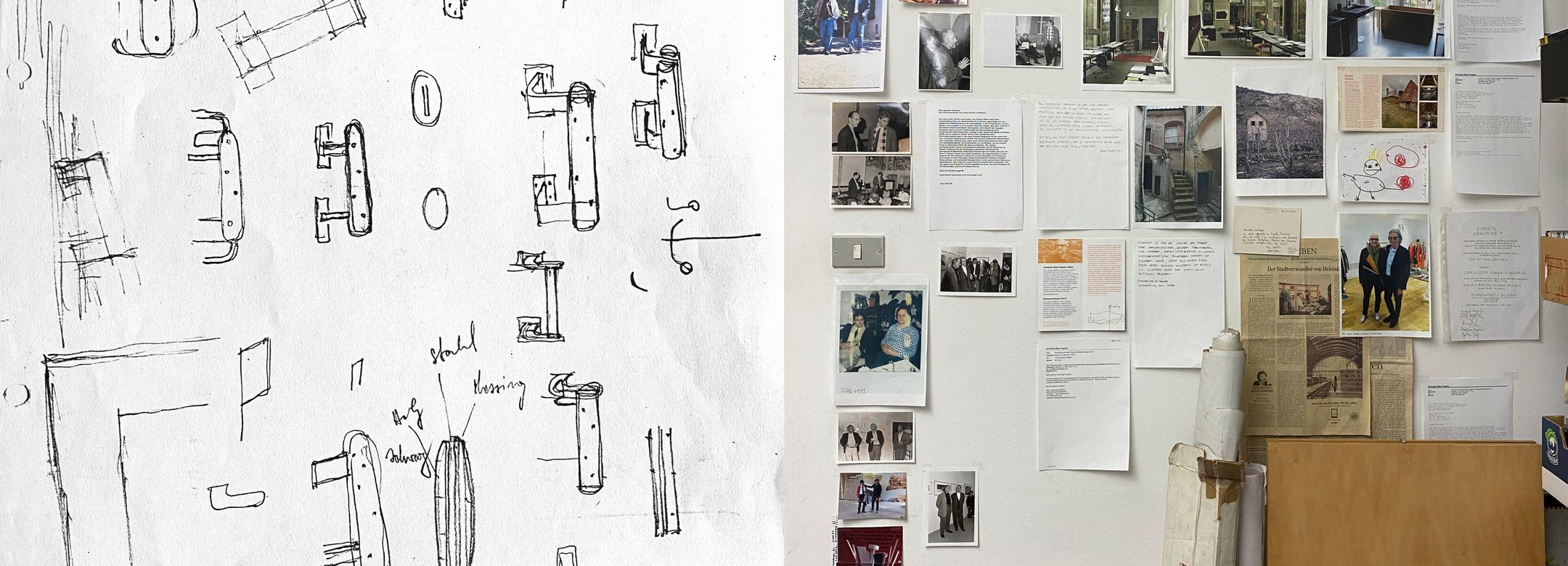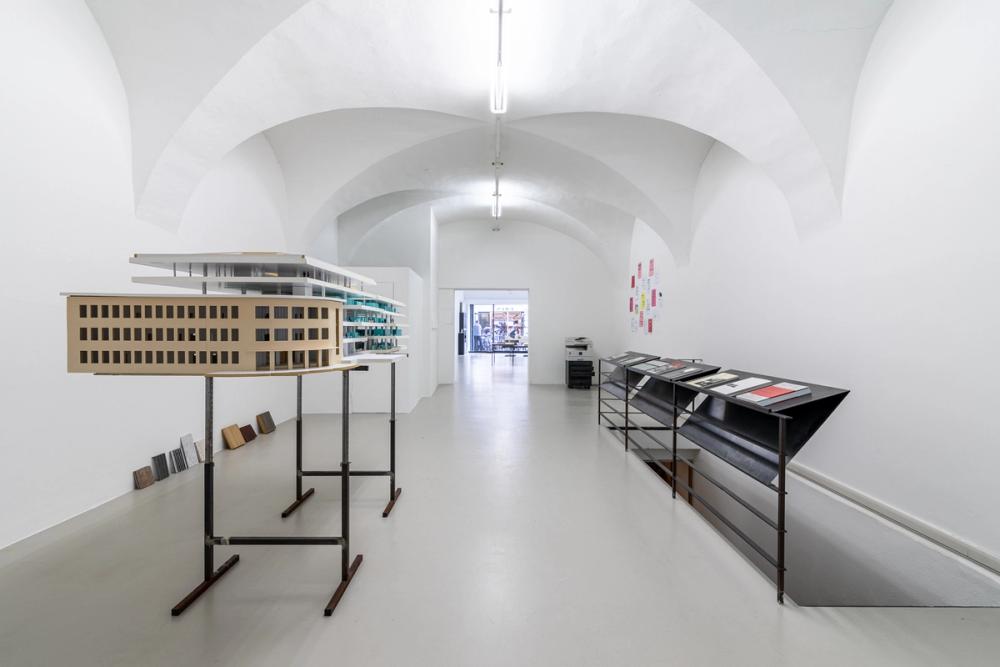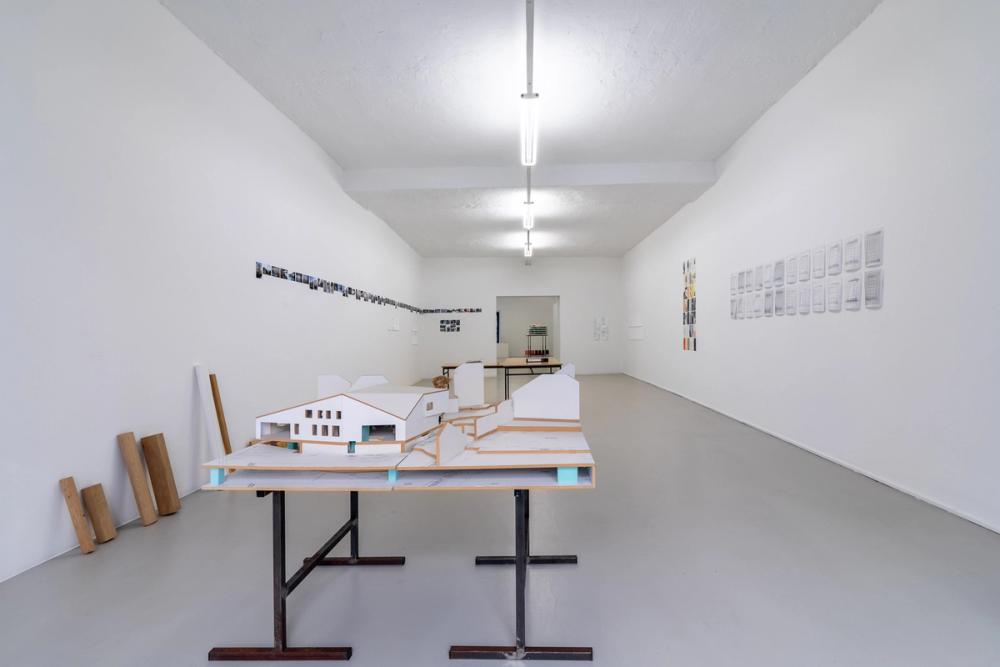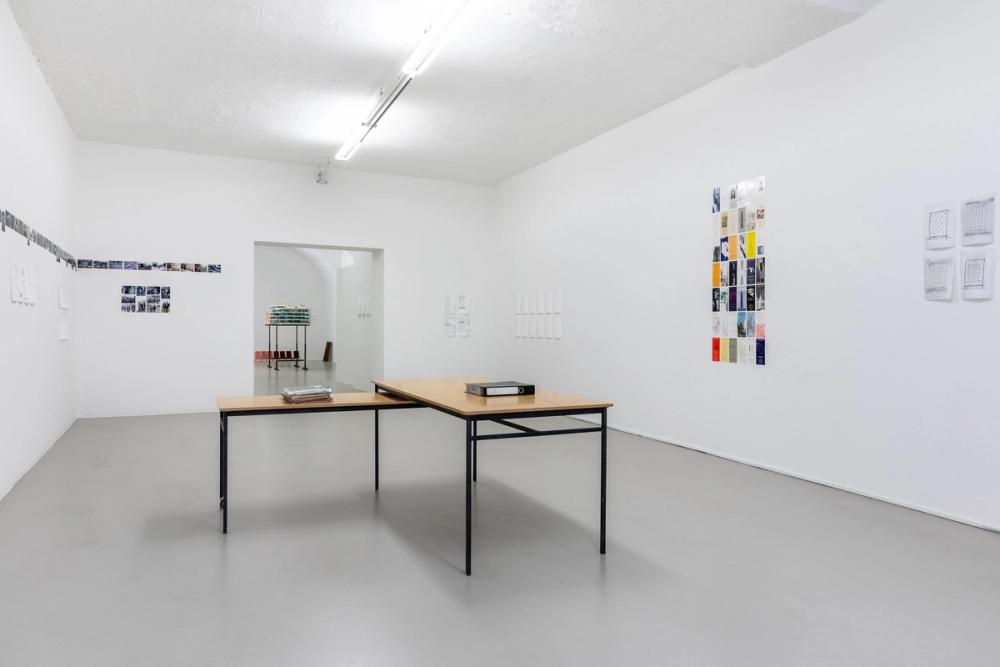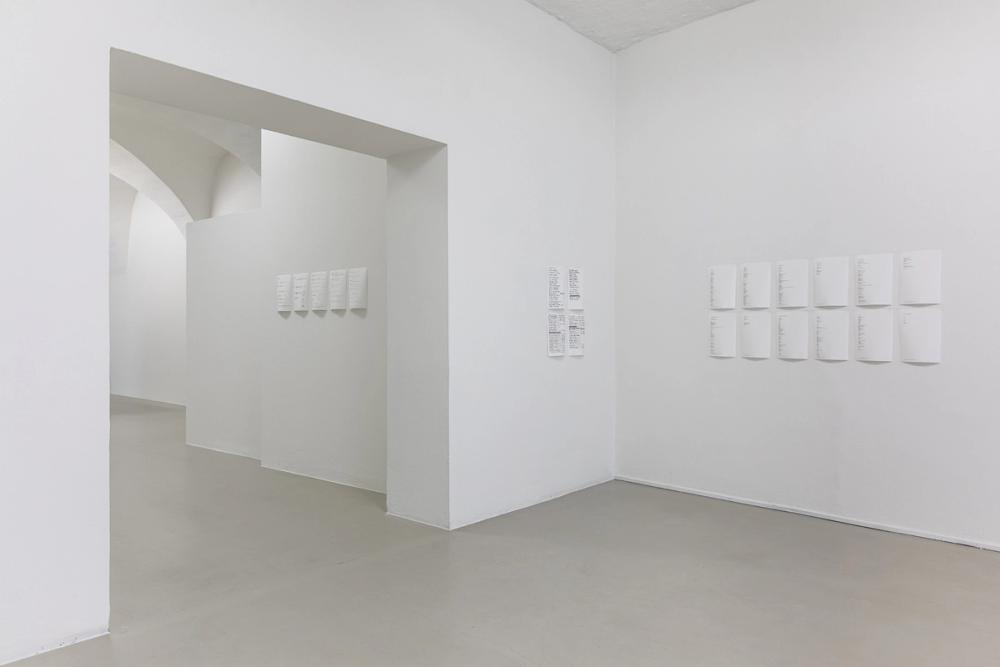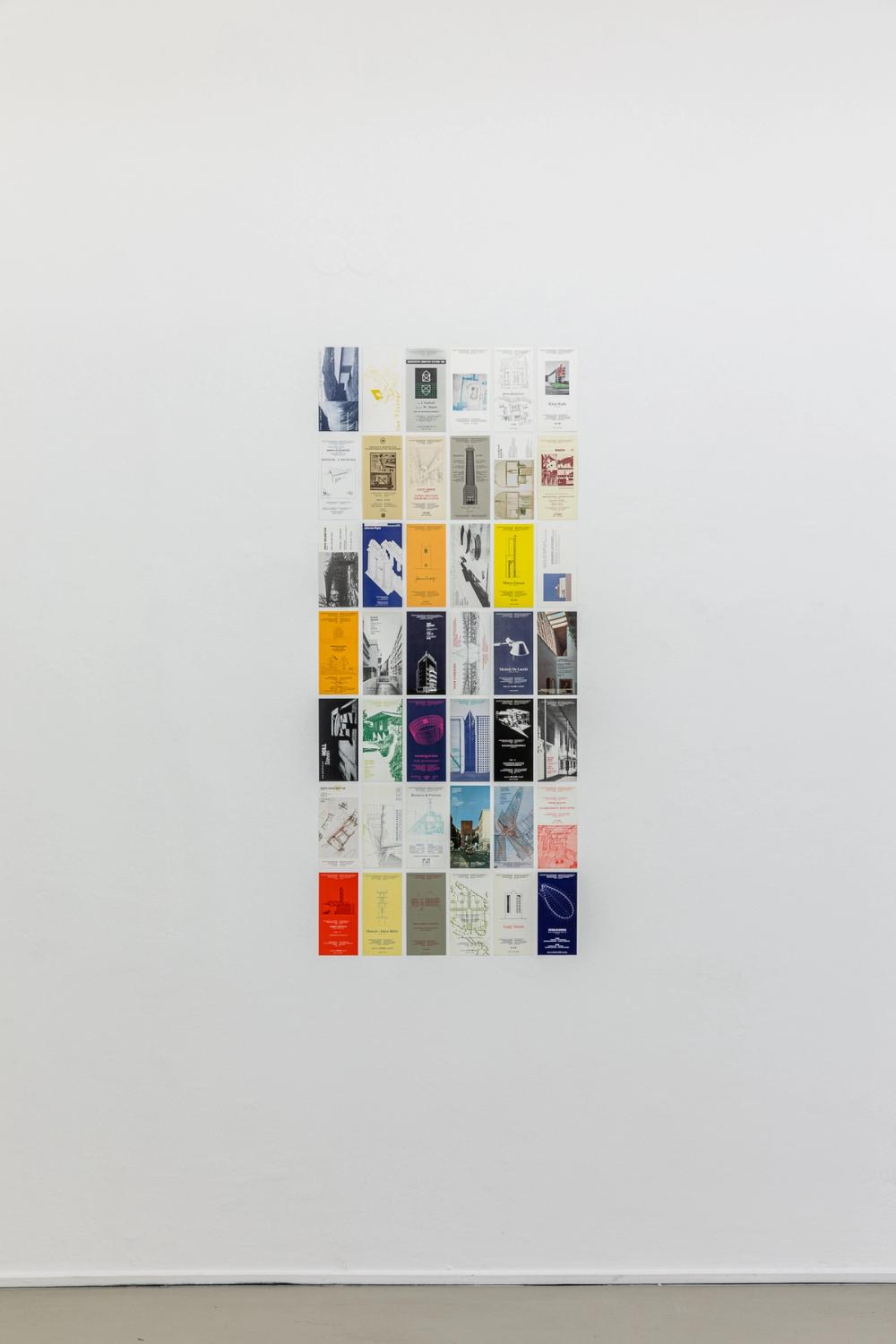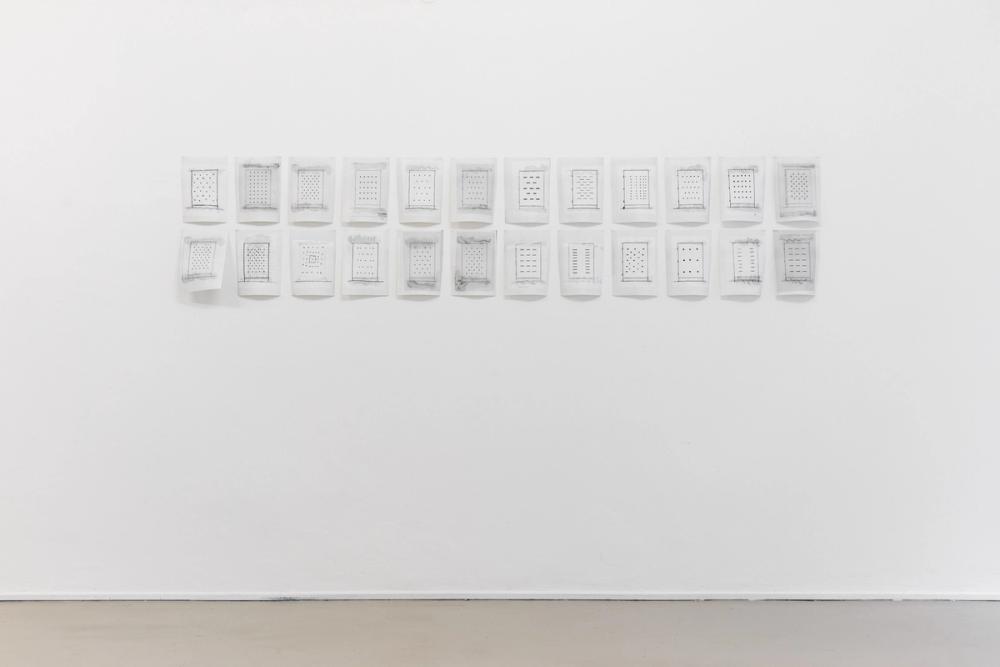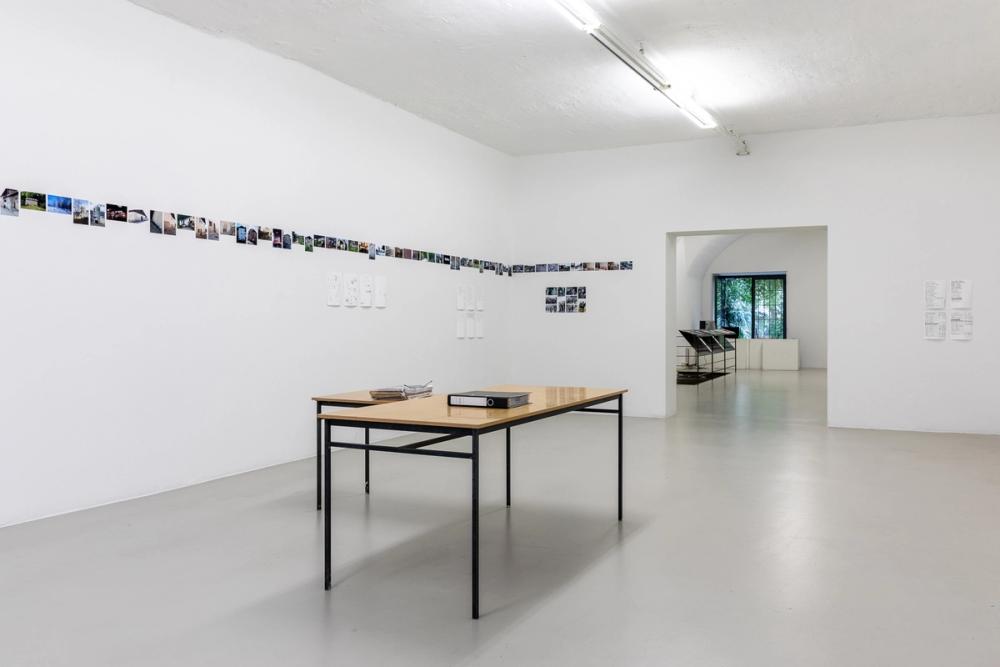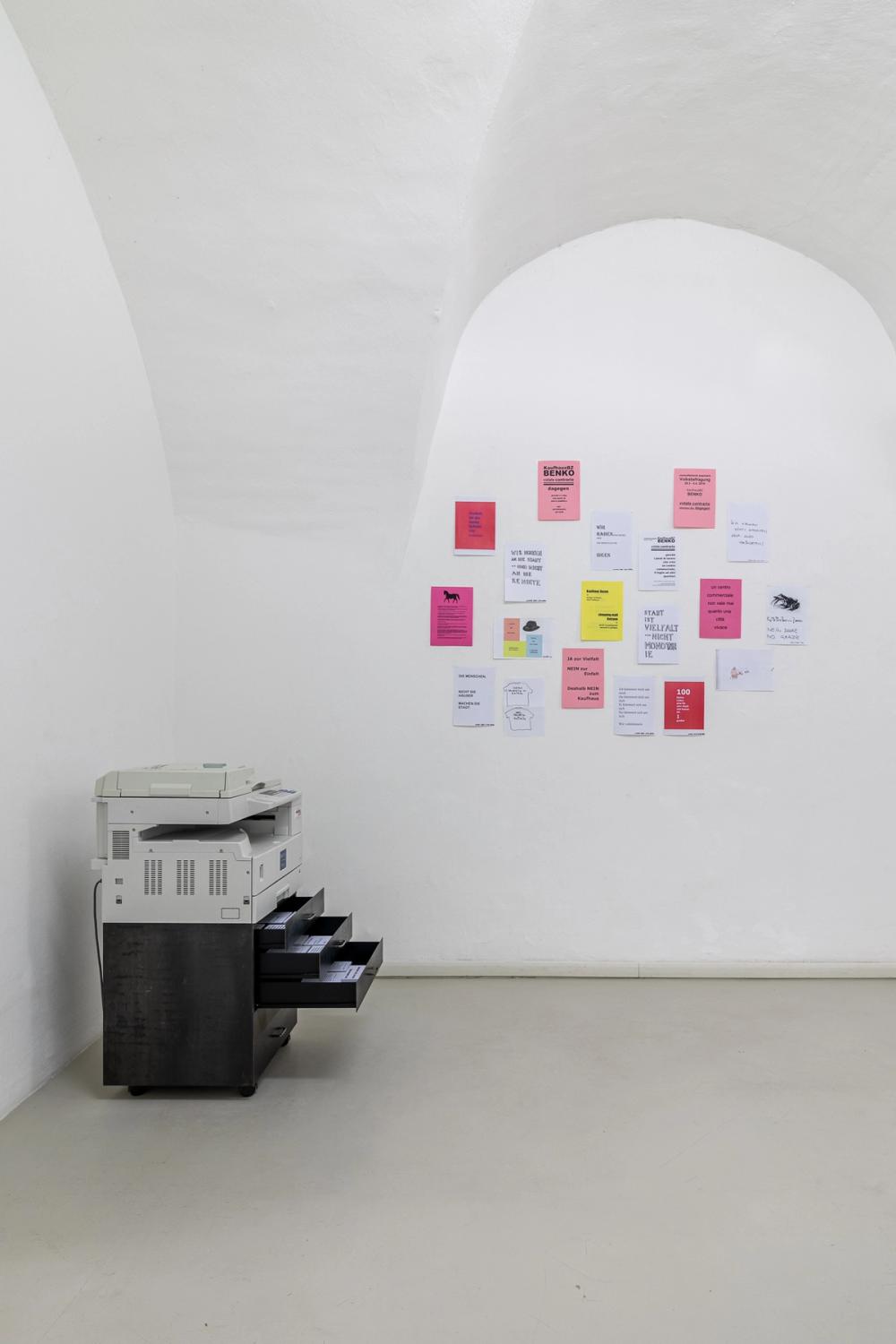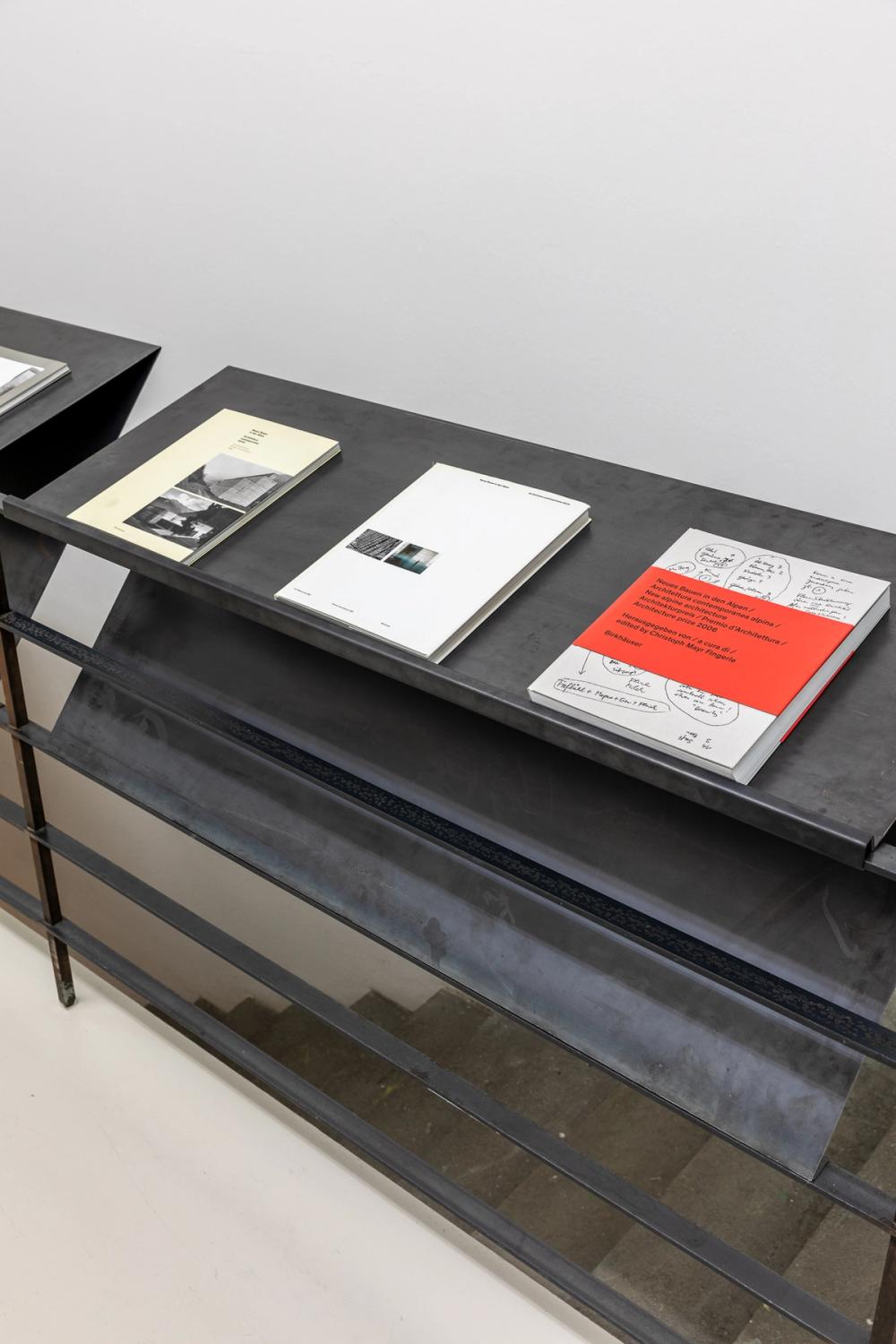CHRISTOPH MAYR FINGERLE, ARCHITEKT
Curated by Quirin Prünster und Veronika Mayr
Opening 27.08.2021
Inspiration
Inspiration und Raum
Häuser und Projekte 1980-2020
Farbe / Raum / Seele
Ungewöhnlich / Gewöhnlich
Leidenschaft für Raum
Ohne Drama
Stellung Beziehen
Inside – out
In Between
Ordinary
Sowohl als auch
Without Rethorik
Konkret
Selbstverständliche Architektur
Der selbstverständliche Raum
Architectonical Aura
Gedanken Entwürfe Bauten
Zwischen Forschung und Entwurf
Präsenz der Schwere
With the exhibition ‘Christoph Mayr Fingerle, Architekt’ ar/ge kunst revisits the work of the architect and co-founder of the gallery. Christoph Mayr Fingerle (1951–2020) had an understanding of architecture that constantly challenged the blurry boundaries of the discipline. The ideal he strove for as an architect was the figure of a universal scholar. With high sensitivity towards the time and place he inhabited, Mayr Fingerle shaped the architecture culture in South Tyrol over the almost four decades of his working life: as an architect, cultural mediator, curator, editor, and public figure.
The exhibition consciously avoids any monographic claim and, instead, investigates his professional position and method of work. Mayr Fingerle’s quest was less for a unique formal language or even style than for the deep understanding of singular problems through exhaustive, almost obsessive studies in the form of sketches, texts, images, models and material samples.
The architectural space of the gallery, designed by Christoph Mayr Fingerle in 1985, becomes the parent exhibit. The large vitrine plays with the identity of Museumstraße as a shopping street while creating a generous exhibition space. With the concept of the ‘refinement of the rough’ — partly due to limited means — after more than 35 years, the gallery still stands in subtle contrast to the anonymous sequence of shop windows.
On the walls of the gallery, a series of exhibits reconstructs fragments of an environment between reality and ideal that Mayr Fingerle consciously designed throughout his lifetime and within which he longed to situate his work, too. Episodes of his professional life delineated his approach and built the context of an attitude that was open to doubts towards itself and others. The unavoidable presence of failure in the work of an architect — unrealized projects, lost tenders, difficult relations with clients — was an aspect of which Mayr Fingerle was conscious.
Scattered in the space itself are four unrealized projects of the architect — two buildings and two book projects. Presented through artefacts from various project phases, they give an insight into the approach of Mayr Fingerle’s studio. What connects the exhibited projects are the in-depth engagement with a specific territory and his will for a public discourse. The understanding of architecture as a community-building vocation beyond physical matter found expression in his acts of ‘interference’— numerous drafts for pamphlets and events for collective urban actions testify to this. Fragments of his reflections on the city, society, and design matters invite the visitor’s further contemplation.
Access to the gallery is only possible with a Green Pass.
